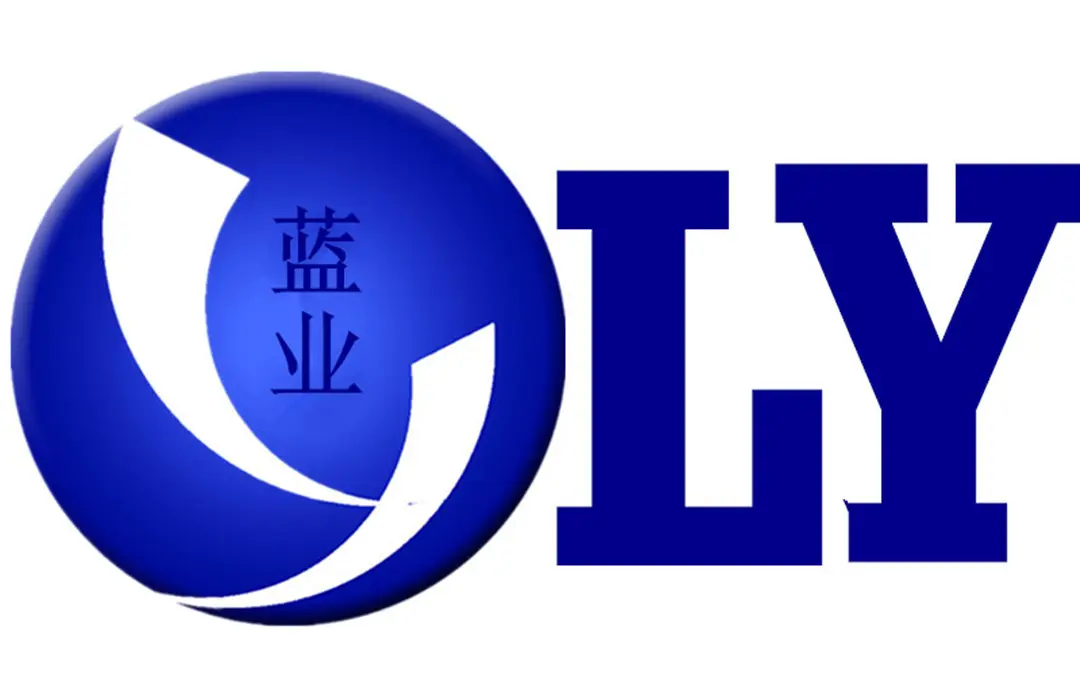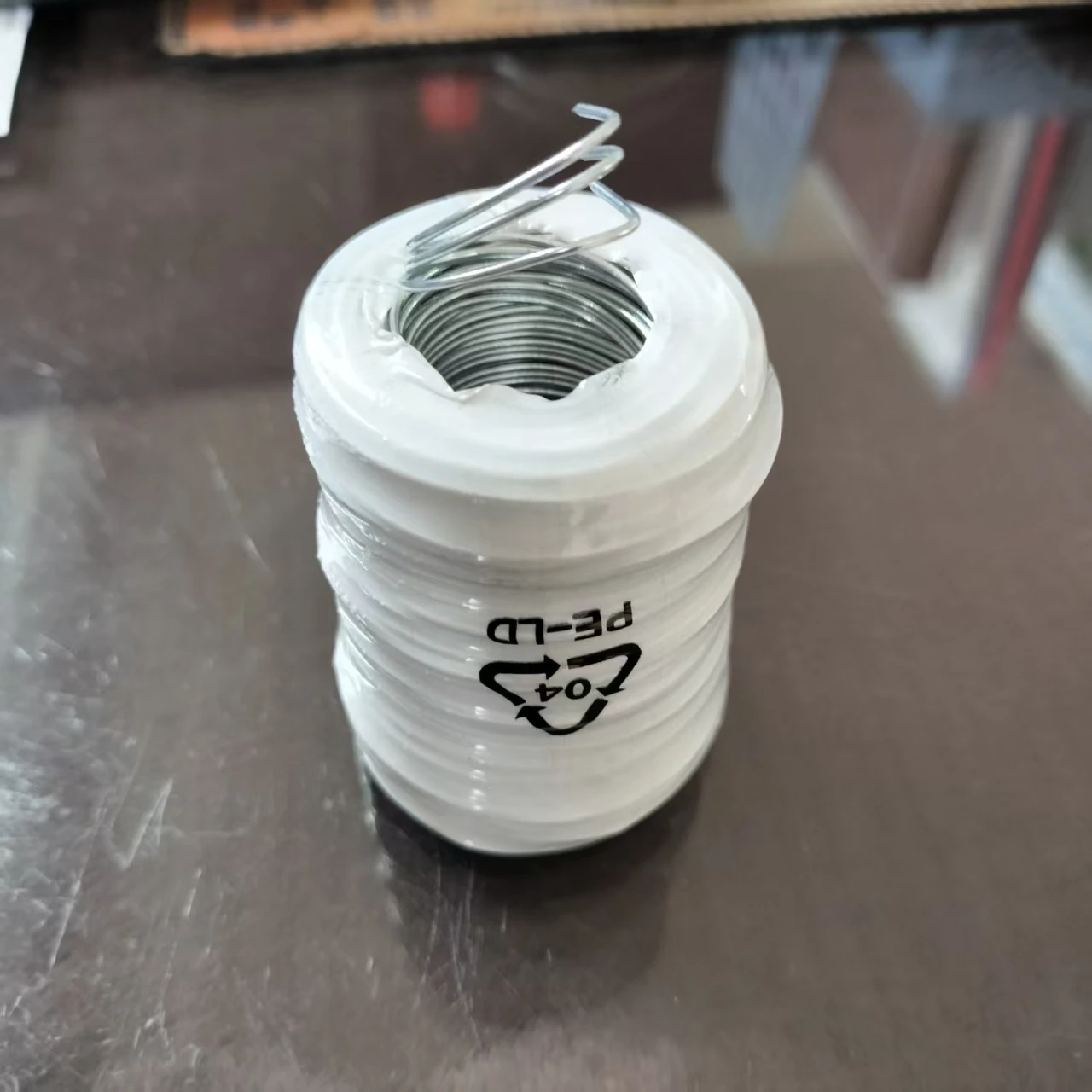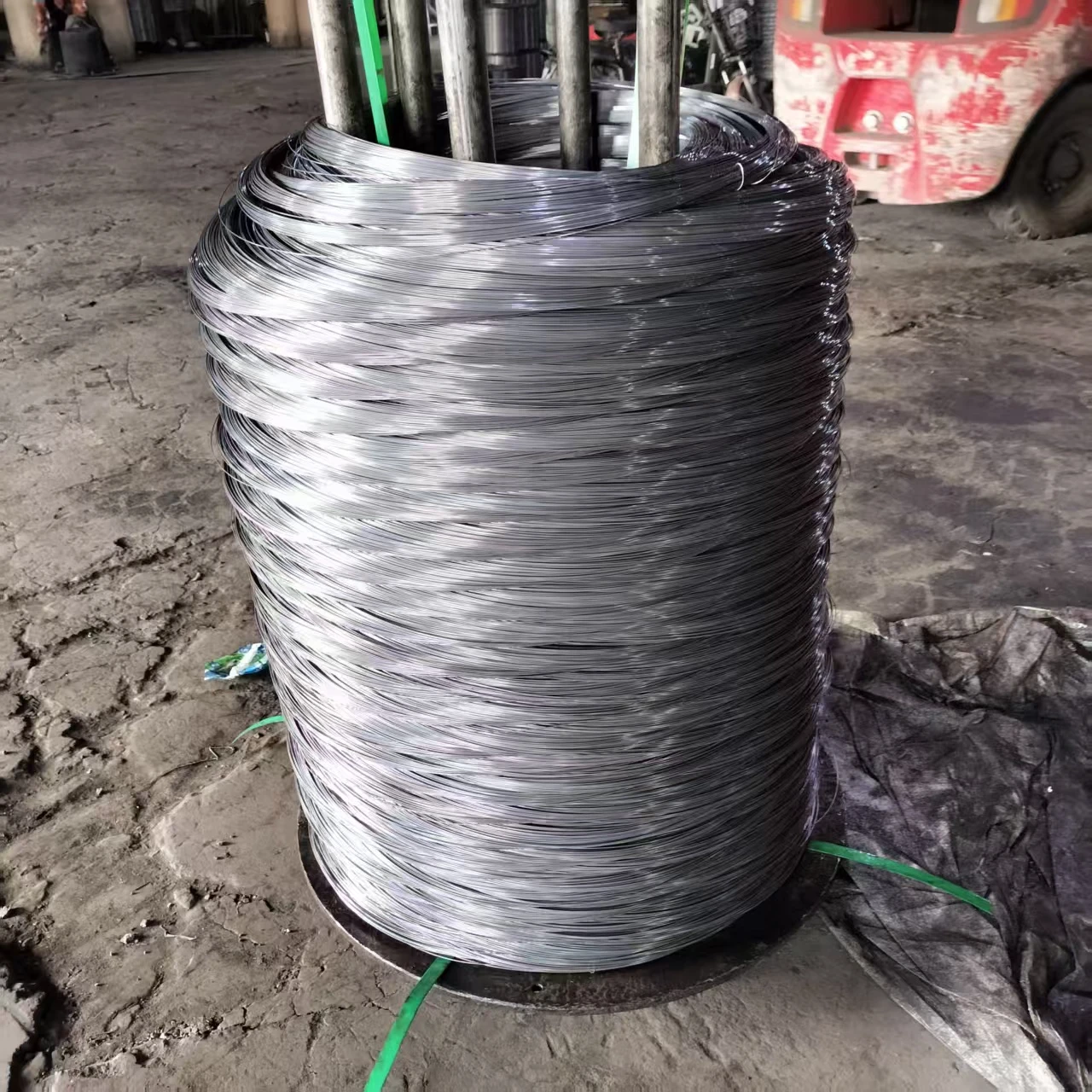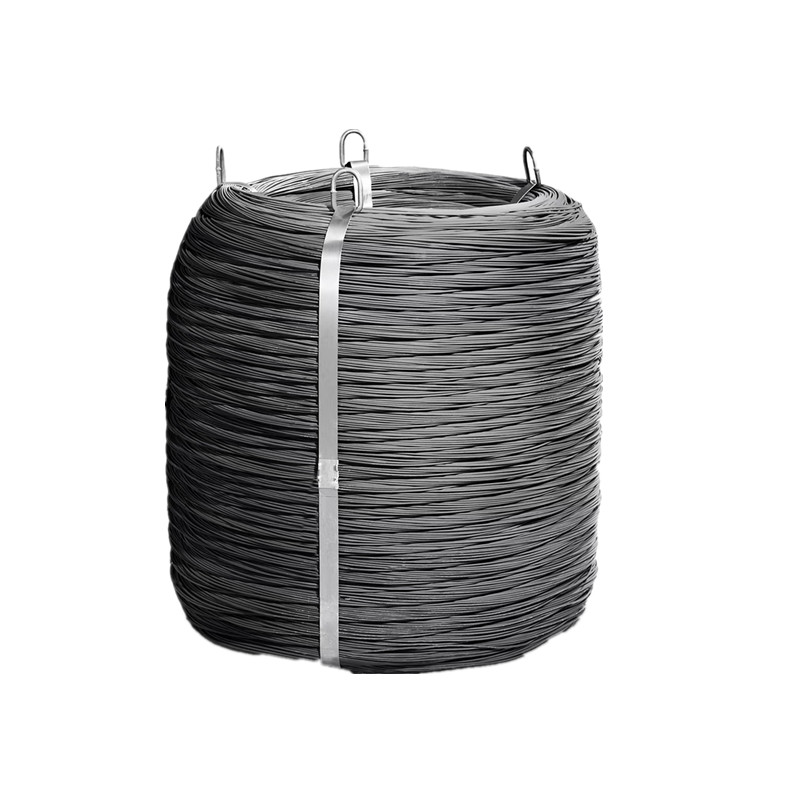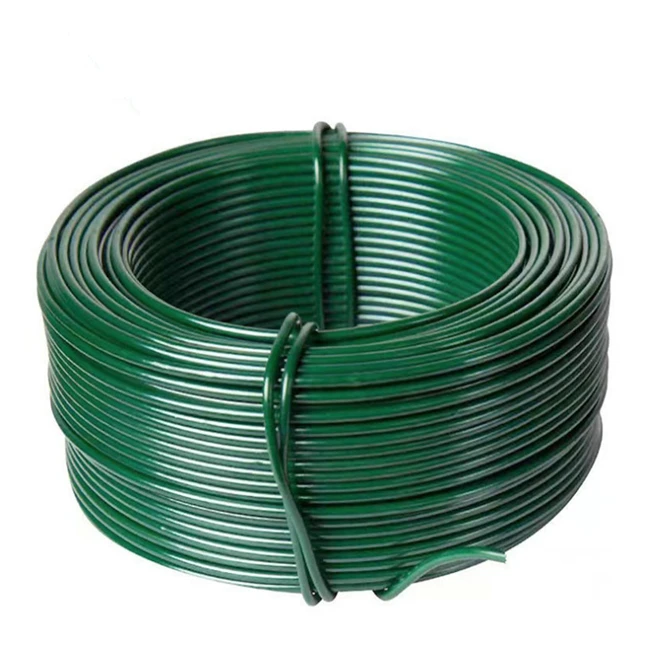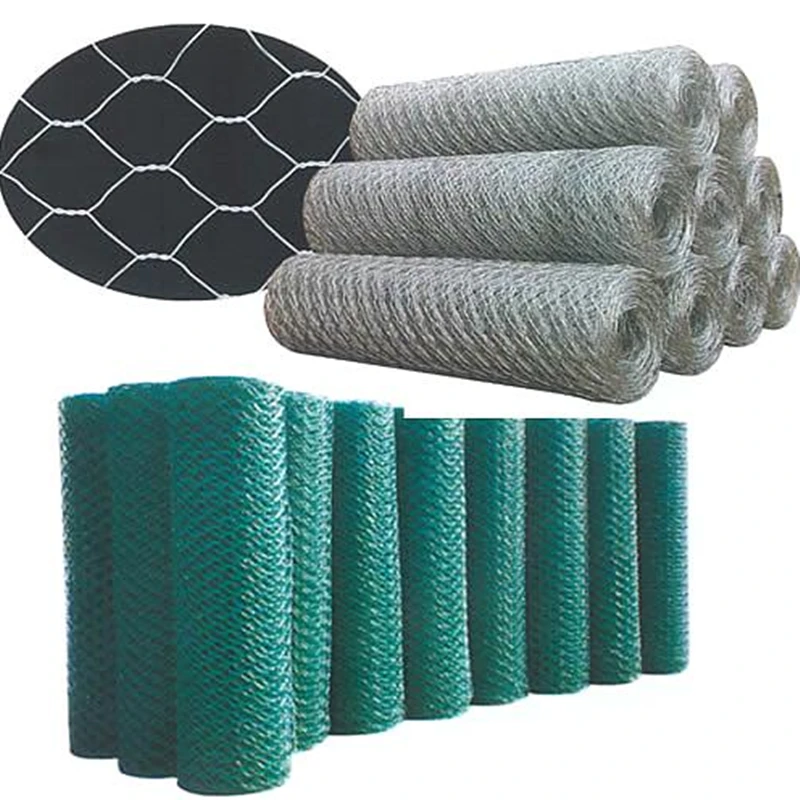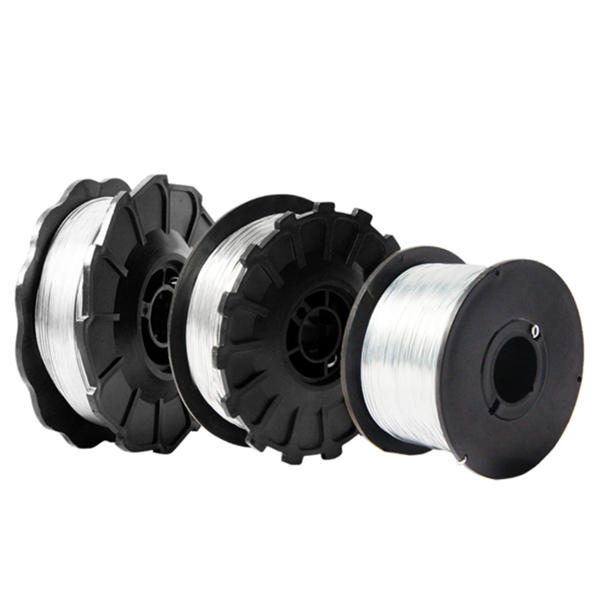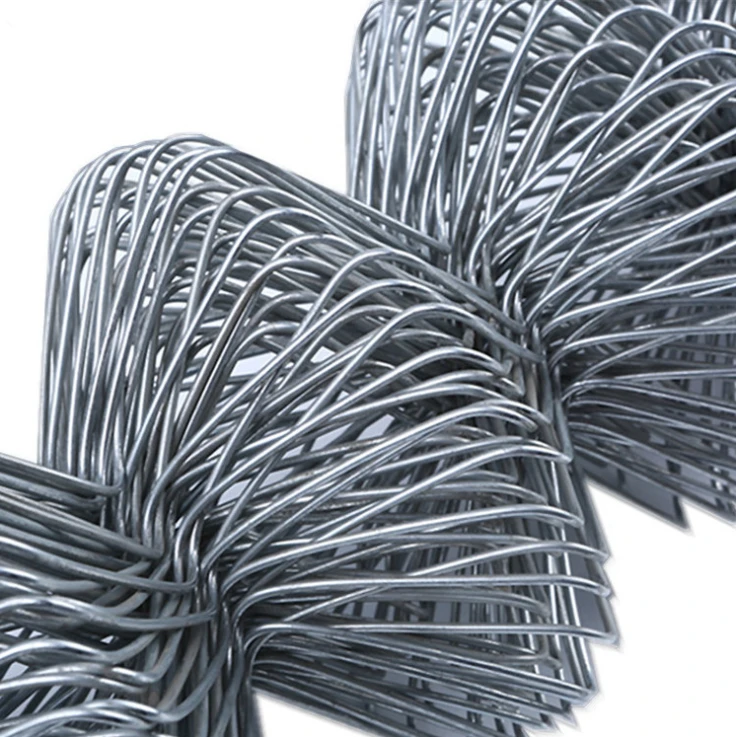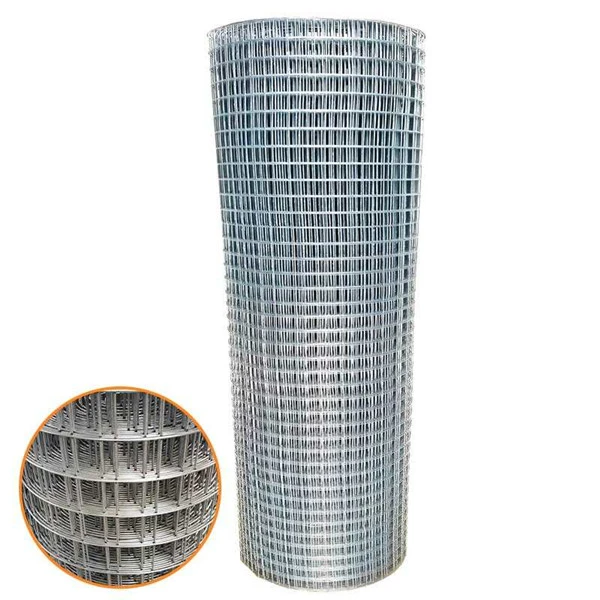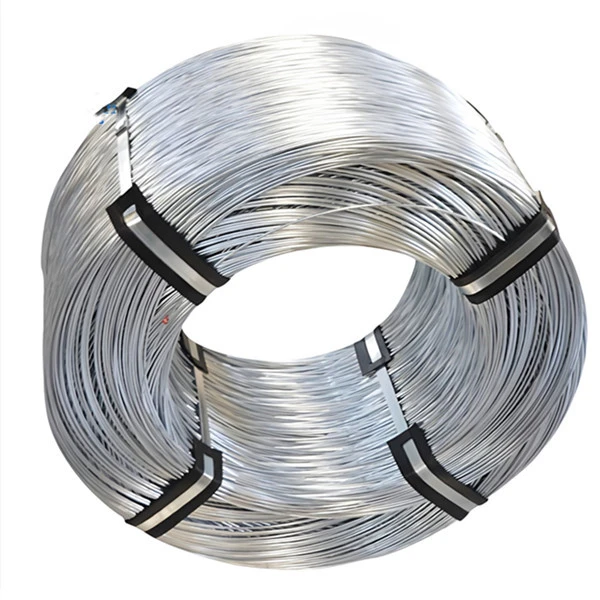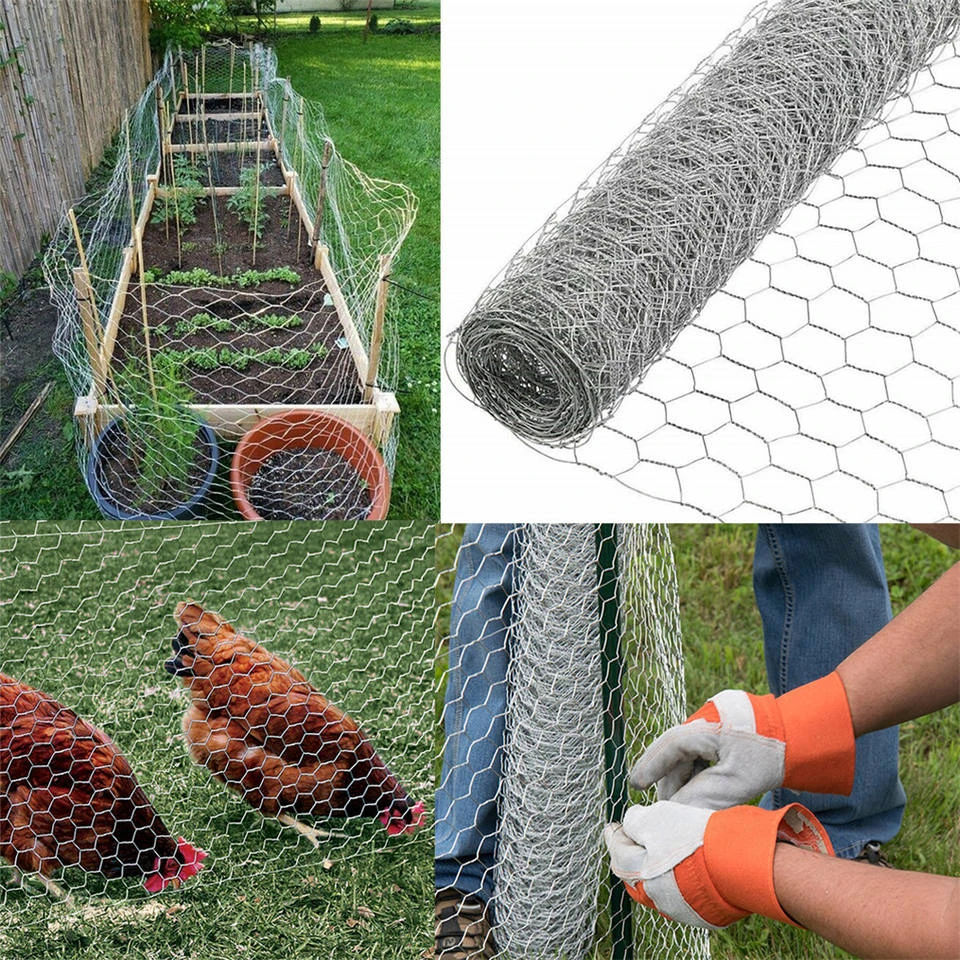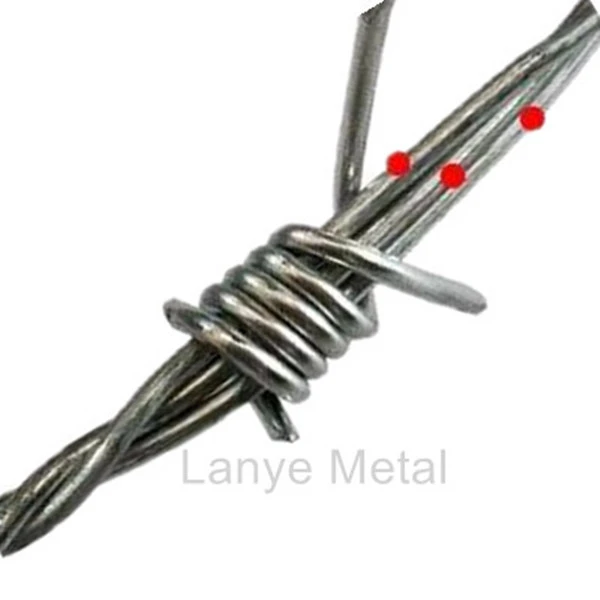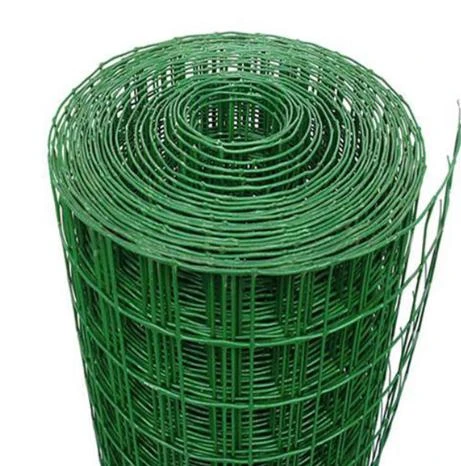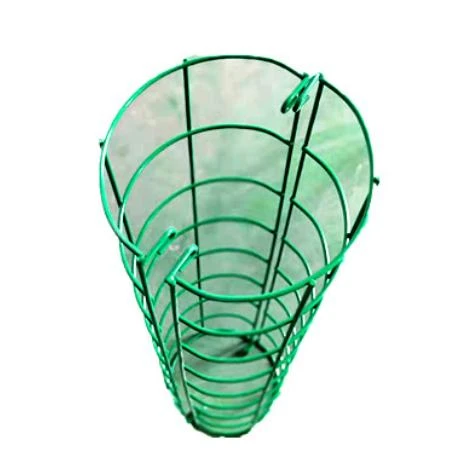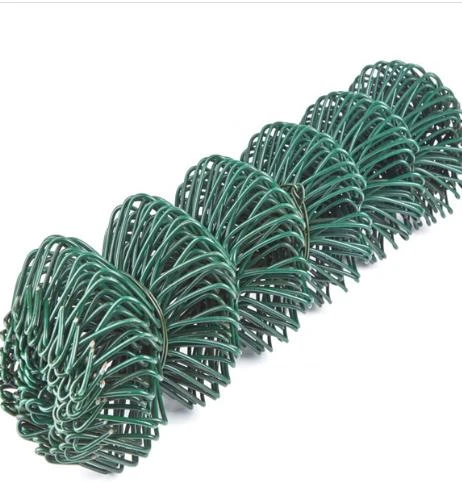- Global security fencing market statistics and growth drivers
- Technical specifications of concertina wire manufacturing
- Comparative analysis of leading concertina wire manufacturer
s - Customization capabilities for specialized applications
- Military perimeter security case study implementation
- Correctional facility barrier enhancement solutions
- Future innovations for perimeter protection systems
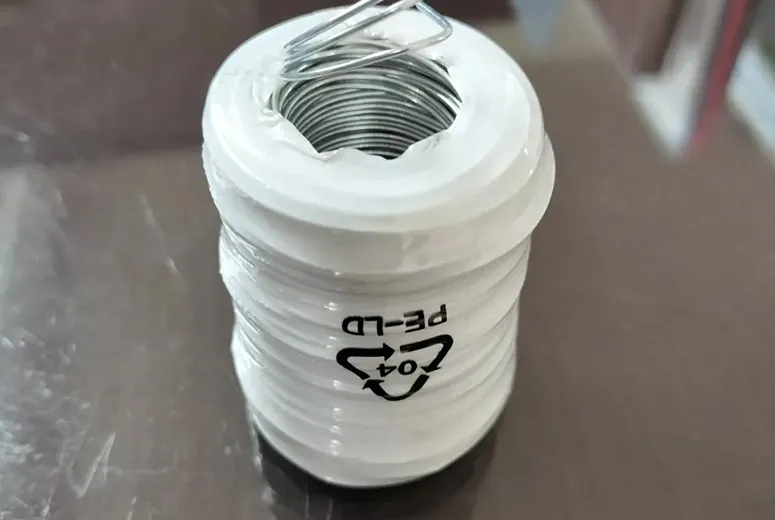
(concertina wire manufacturer)
Meeting Security Demands as a Premier Concertina Wire Manufacturer
The global security fencing market is projected to reach $32.7 billion by 2028, growing at 6.2% annually according to industry reports. Heightened border tensions and critical infrastructure protection needs drive this expansion. Concertina wire remains the foremost perimeter security solution due to its formidable physical deterrence capabilities. Compared to standard chain link fencing, concertina barriers reduce intrusion attempts by 78% according to security audits. Leading manufacturers now incorporate advanced materials to withstand extreme environmental conditions from desert heat to arctic temperatures. Proper tensioning in installation creates overlapping coils that require specialized equipment to breach, making it cost-prohibitive for unauthorized entry.
Engineering Superiority in Barbed Wire Production
High-carbon steel remains the core material, with galvanized coatings providing 15-25 year corrosion resistance. Advanced zinc-aluminum alloys extend protection to 40 years in coastal regions. Our manufacturing process begins with cold-drawing steel wire to precise tensile strengths between 1200-1500 N/mm². Automated coiling machines create 810mm diameter spirals at speeds exceeding 50 meters per minute. Blade configurations vary by application:
- Concertina Type 56: Standard military-grade barb spacing
- Flat Wrap Systems: Lower visibility for sensitive areas
- Anti-Climb Variants: Reverse blade angles prevent footholds
Quality testing includes salt spray chambers and tension stress simulations exceeding ASTM A641 standards. Our R&D department develops custom blade geometries that increase penetration resistance by 40% over conventional designs.
Industry Leader Comparison Analysis
| Manufacturer | Production Capacity | Steel Grade | Coating Life | Customization |
|---|---|---|---|---|
| Company A | 15,000 MT/month | SAE 1018 | 30 years | Standard only |
| Company B | 8,500 MT/month | SAE 1045 | 40 years | Medium options |
| Our Facility | 22,000 MT/month | SAE 1070 | 50+ years | Full custom work |
| Company C | 12,000 MT/month | SAE 1020 | 25 years | Limited options |
Leading producers maintain steel fabrication certifications including ISO 1461 and ASTM A123. Our 3.2mm gauge coil wire exceeds typical 2.5mm industry standards for enhanced structural integrity. Factory audits reveal 98.7% consistency in blade sharpness across production batches at our facilities.
Application-Specific Engineering Solutions
Terrain-adaptive solutions address unique security challenges. For desert environments, we develop UV-stabilized coatings preventing degradation under 60°C surface temperatures. Correctional facilities require tamper-proof mounting systems with embedded vibration sensors. Recent innovations include:
- Solar-powered electrified variants reducing grid dependence
- Camouflage patterns matching specific operational theaters
- Modular designs enabling rapid deployment in conflict zones
Custom coil diameters down to 400mm are engineered for low-visibility installations where standard 560mm coils prove impractical. When a hydroelectric dam required perimeter protection against sabotage, our engineers developed marine-grade stainless steel wire with chloride resistance, extending product life in high-humidity conditions.
Military Installation Protection Deployment
A NATO forward base required perimeter reinforcement against vehicle incursions. Our technical team engineered dual-layer coiled systems with staggered blade positioning creating overlapping obstacle zones. Deployment involved:
- 13km barrier coverage with rapid-clip connection points
- Anti-ram foundation mounts tested to stop 7-ton vehicles
- Integrated intrusion detection wiring within barrier mesh
The installation reduced attempted penetrations from monthly incidents to zero within 90 days according to post-deployment security logs. Thermal imaging confirmed 83% reduction in nighttime approach attempts during the evaluation period.
Penitentiary Perimeter Enhancement System
Maximum security corrections facilities face persistent containment challenges. After analyzing 42 documented escape attempts, our specialists developed razor wire with controlled entanglement properties preventing climbing leverage. The implementation resulted in:
- 76% reduction in perimeter breach incidents within six months
- Maintenance costs lowered by $17,500 annually versus standard wire
- Self-monitoring corrosion sensors alerting to section weaknesses
Integration with existing perimeter lighting systems created automatic illumination zones when disturbance sensors trigger. Facility managers reported 60% faster containment response times during security drills following implementation.
Securing Boundaries Through Advanced Manufacturing Excellence
The progression towards integrated perimeter security systems requires ongoing partnership with technically proficient concertina wire manufacturers. Our hexagonal wire mesh manufacturing division supports complementary barrier systems development while chicken wire manufacturing operations provide lower-security solutions for agricultural applications. Industry trends indicate increased demand for:
- AI-assisted intrusion prediction systems wired into barriers
- Hybrid installations combining physical/electronic countermeasures
- Environmentally-responsive coatings adapting to weather conditions
Current R&D focuses on developing carbon nanotube-infused steel alloys projected to triple tensile strength without increasing weight. As security challenges evolve, manufacturers must deliver multi-layered defense infrastructures with forward-compatible technologies.

(concertina wire manufacturer)
FAQS on concertina wire manufacturer
Q: What materials are used in concertina wire manufacturing?
A: Concertina wire is primarily made from galvanized steel or stainless steel for corrosion resistance. High-carbon steel cores ensure durability and sharpness. Some manufacturers offer PVC-coated options for reduced visibility.
Q: Can hexagonal wire mesh be customized for specific projects?
A: Yes, hexagonal wire mesh can be tailored in wire gauge, aperture size, and roll dimensions. Special coatings like zinc-aluminum alloy are available for harsh environments. Custom fabrication meets requirements for construction, landscaping, or industrial uses.
Q: How does chicken wire differ from hexagonal wire mesh?
A: Chicken wire features hexagonal patterns but uses thinner, flexible galvanized steel wire. It's designed specifically for poultry containment and garden protection, whereas heavy-duty hexagonal mesh handles erosion control and construction reinforcement.
Q: What certifications should a concertina wire manufacturer have?
A: Reputable manufacturers hold ISO 9001 quality management certification. Military specifications like MIL-C-19111 may apply for security-grade products. Compliance with ASTM A641 or BS 1052 ensures material standards.
Q: Can one manufacturer produce all three wire products?
A: Many wire mesh specialists manufacture concertina wire, hexagonal mesh, and chicken wire using shared core technologies. Production capabilities vary by factory equipment and technical expertise. Integrated manufacturers often offer bulk purchase advantages.



